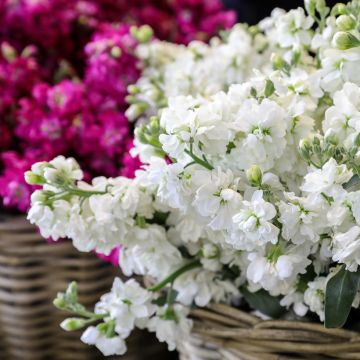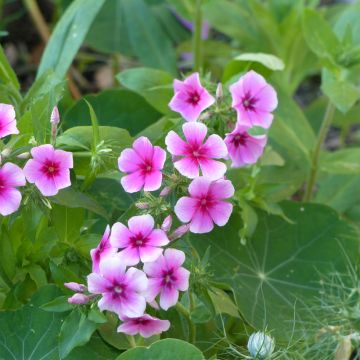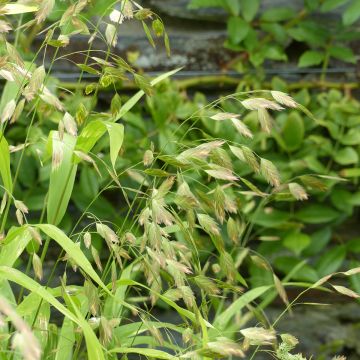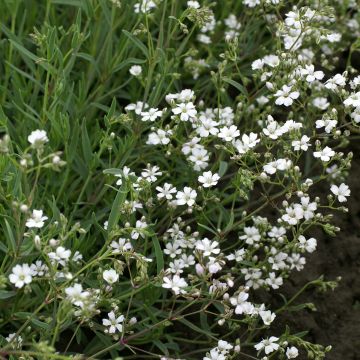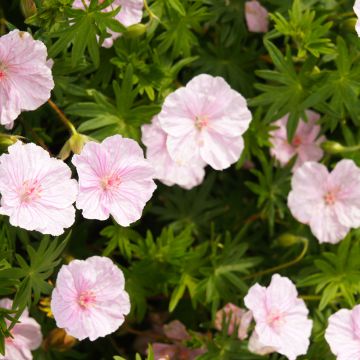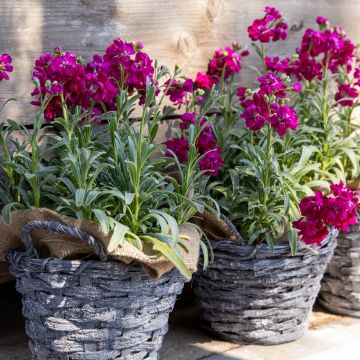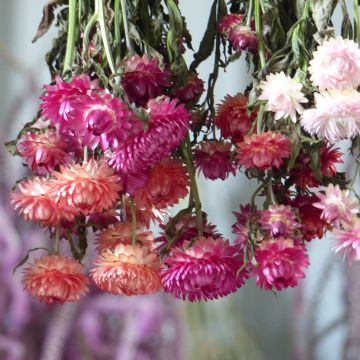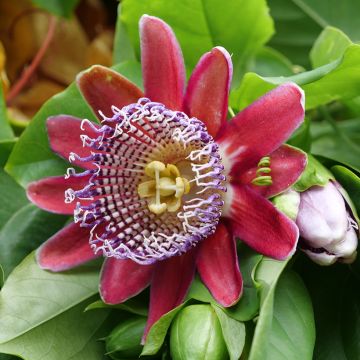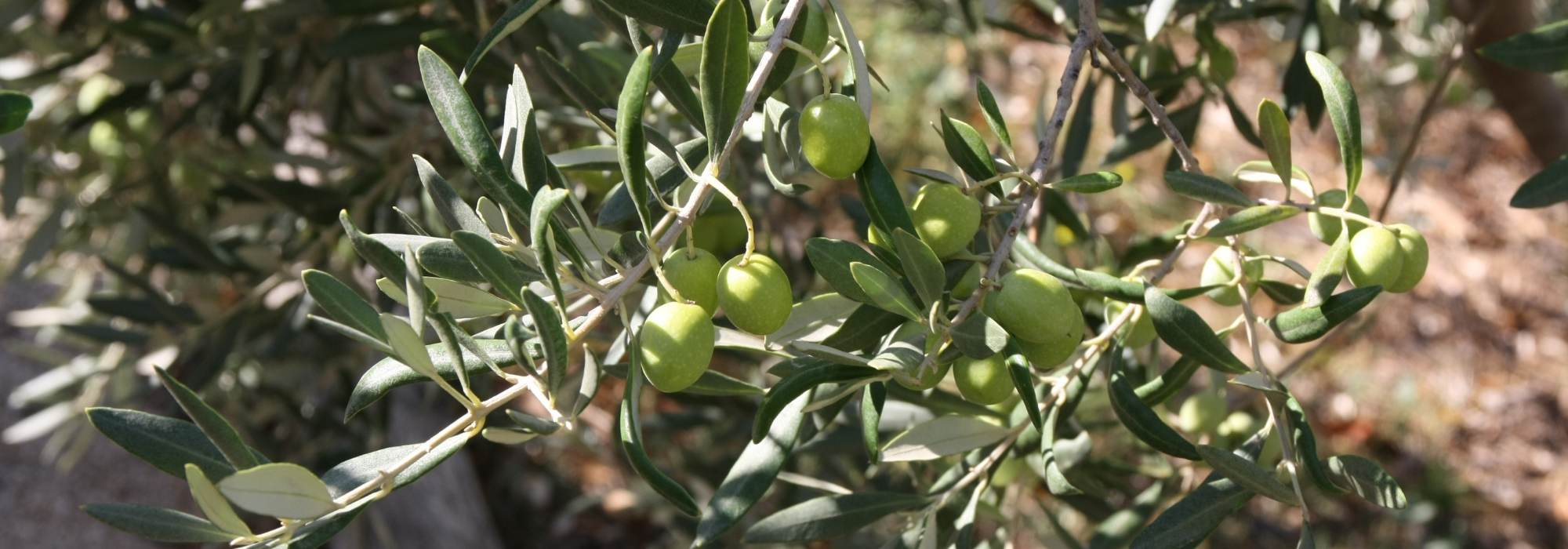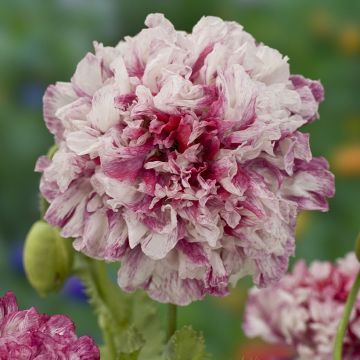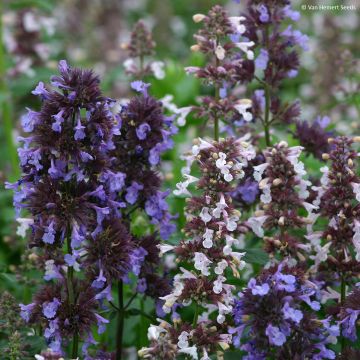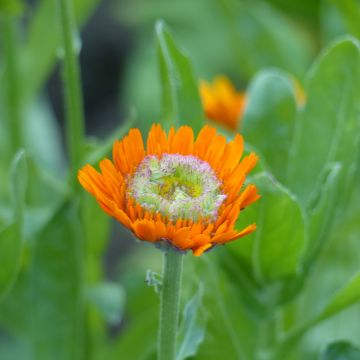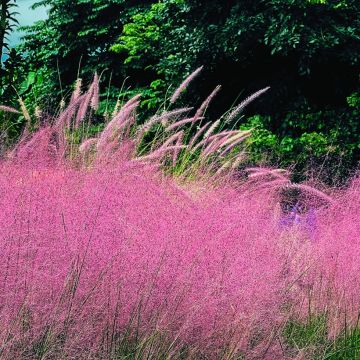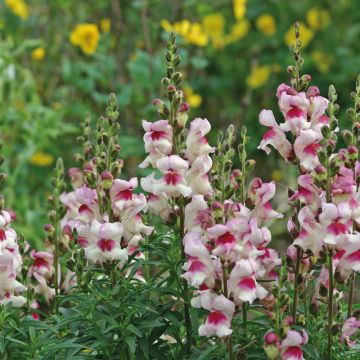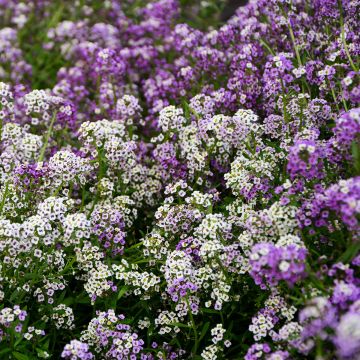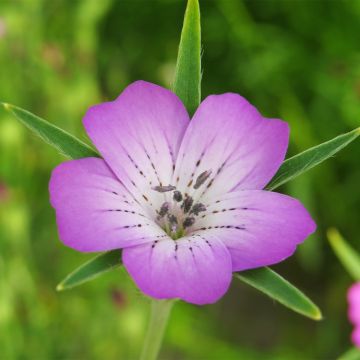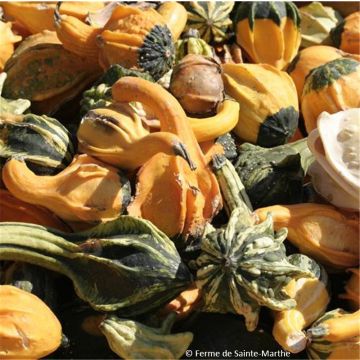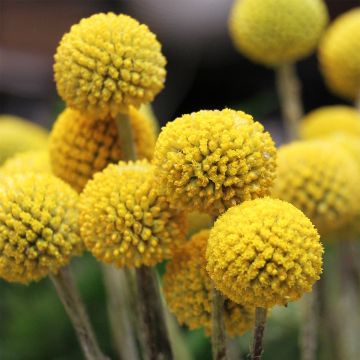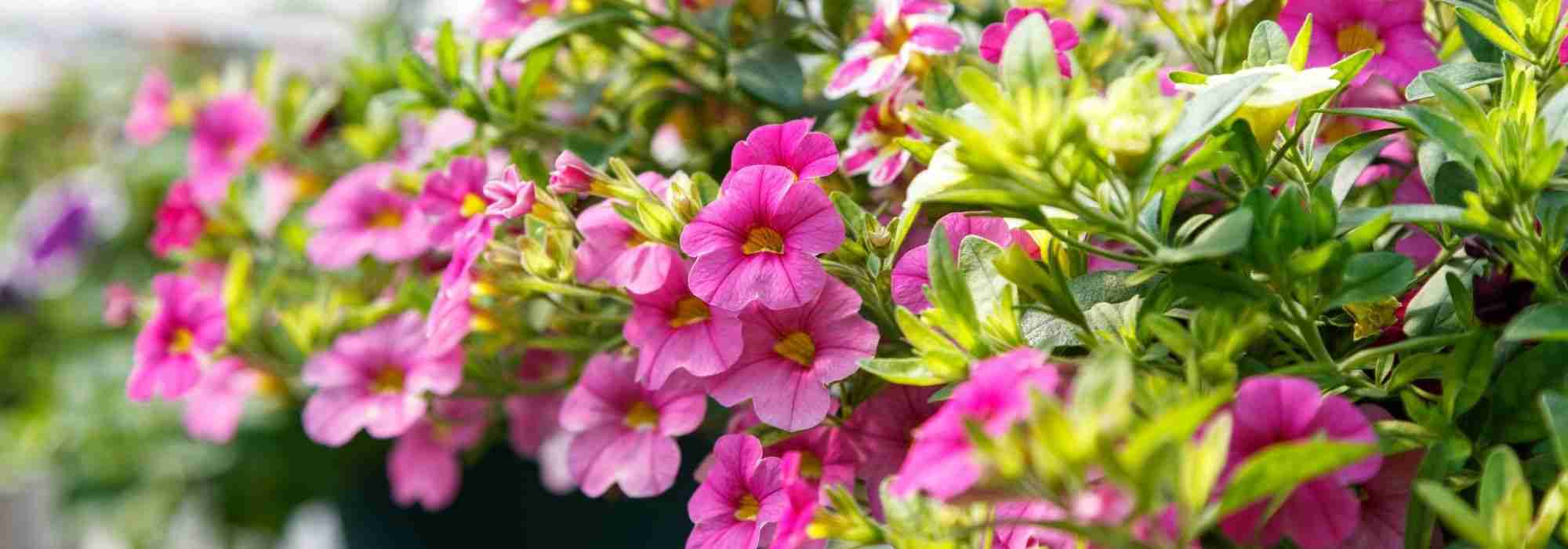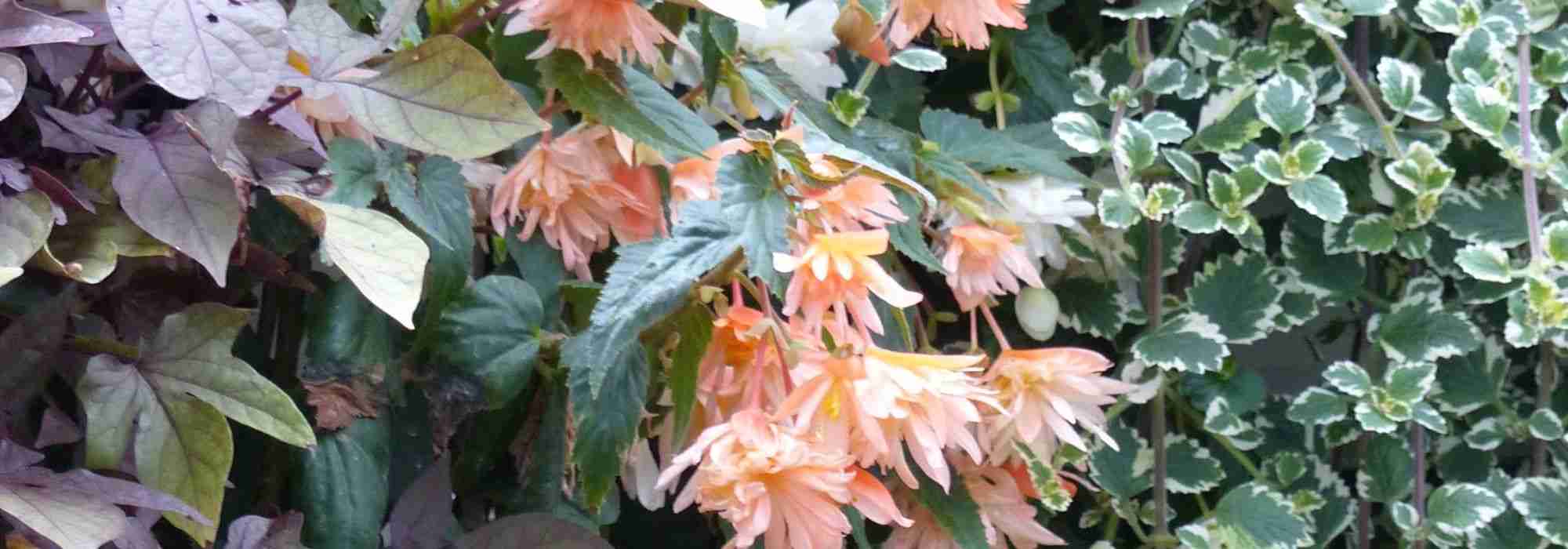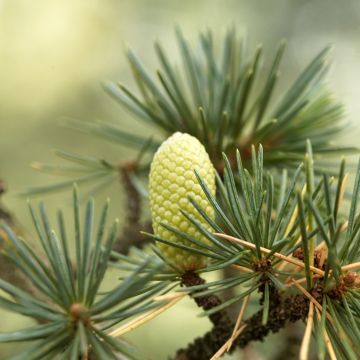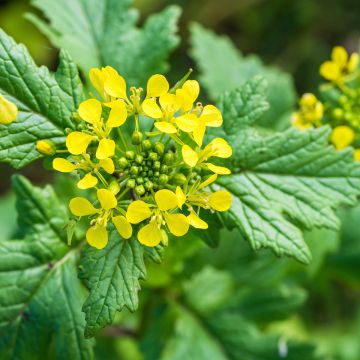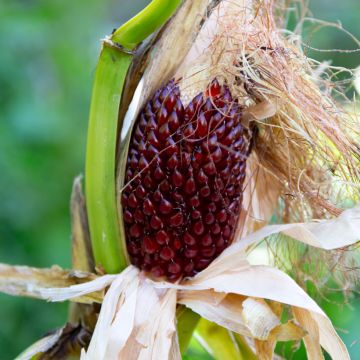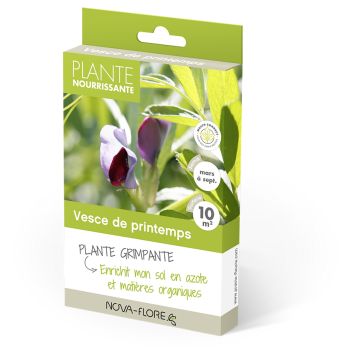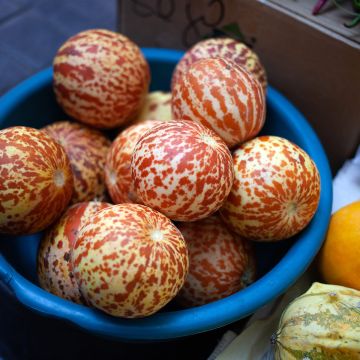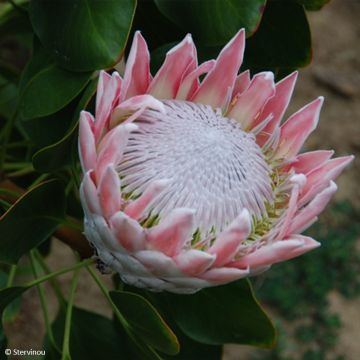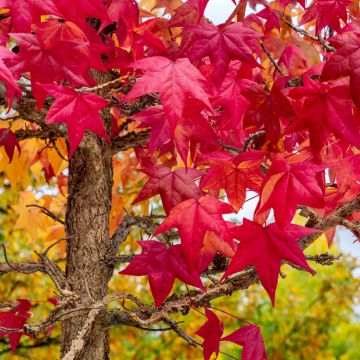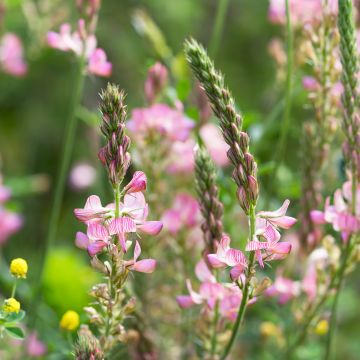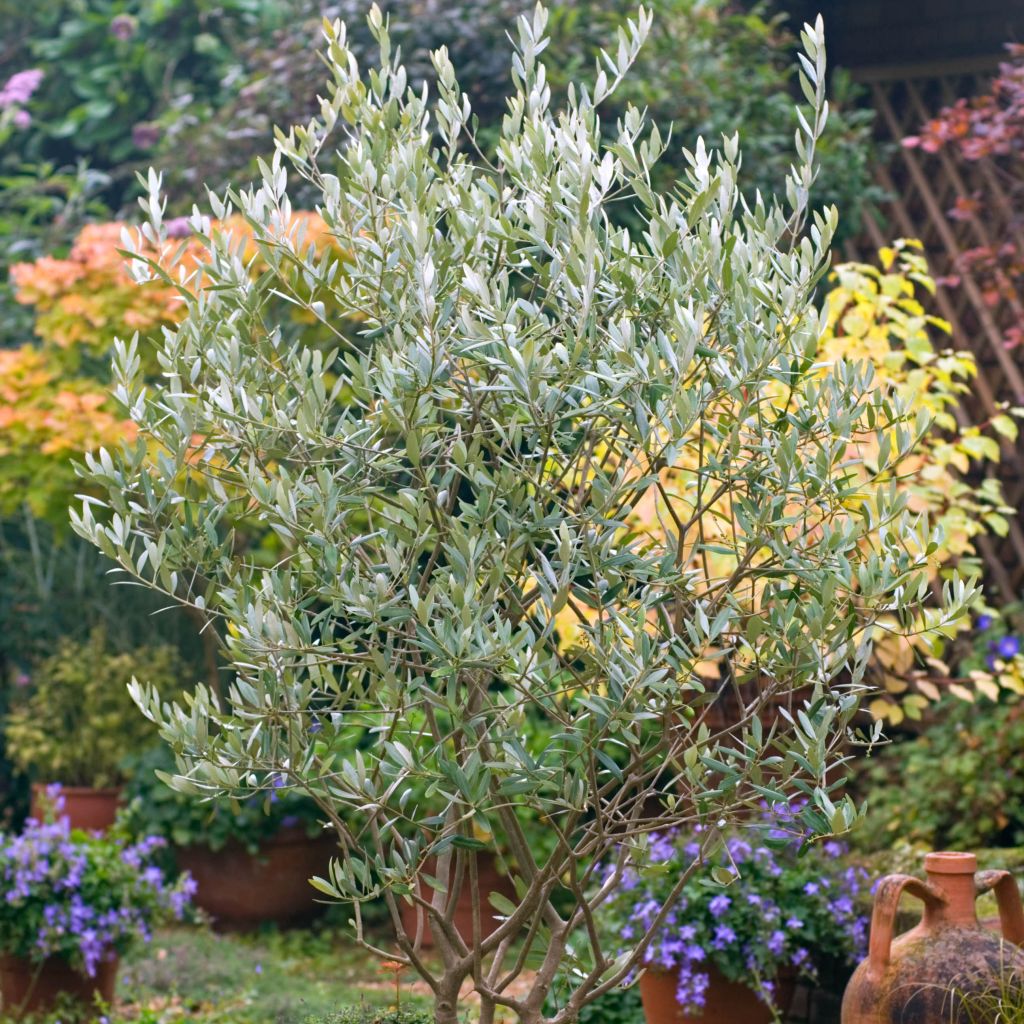

Graines d'Olivier - Olea europaea
Olive Tree - Olea europaea
Olea europaea
European olive, Common olive, Olive tree
A seed was planted and it has closed.
Isabelle D., 16/07/2018
Special offer!
Receive a €20 voucher for any order over €90 (excluding delivery costs, credit notes, and plastic-free options)!
1- Add your favorite plants to your cart.
2- Once you have reached €90, confirm your order (you can even choose the delivery date!).
3- As soon as your order is shipped, you will receive an email containing your voucher code, valid for 3 months (90 days).
Your voucher is unique and can only be used once, for any order with a minimum value of €20, excluding delivery costs.
Can be combined with other current offers, non-divisible and non-refundable.
Why not try an alternative variety in stock?
View all →This plant carries a 6 months recovery warranty
More information
We guarantee the quality of our plants for a full growing cycle, and will replace at our expense any plant that fails to recover under normal climatic and planting conditions.

Does this plant fit my garden?
Set up your Plantfit profile →
Description
Dating back to ancient times, one could say to the flood, the presence of the Olea europea, simply called the olive tree, is inseparable from the Mediterranean landscape. It is a beautiful small shade tree, with a sturdy and knotty trunk as it ages, covered with evergreen foliage, rustling in the wind, grey-green, with a silver underside. It bears fruit after ten years, in the form of inedible black olives. It is undemanding in terms of soil type, it is drought-resistant and somewhat frost-sensitive.
Olea europea or the common olive tree belongs to the Oleaceae family, it is the most represented species within this family which has nearly 25 species in total, all showing exceptional longevity. This small evergreen tree reaches about 9 m (29ft) in height, after many years of cultivation. But in its young age, its growth is rapid, and it starts bearing fruit around 10 years. Its picturesque habit can take on many whimsical silhouettes: spreading branches, single or multiple trunks, creviced and rough bark with multiple scars left by time. Its foliage, evergreen, is composed of opposite, entire and elliptical leaves, leathery and sprinkled with scale-like hairs, more or less narrow, 3 to 9 cm (1 to 4in) long. They cover branches dotted with peltate scales. Their colour is a mix of green and grey, with the underside of the leaves being downy and silver. The very brief flowering takes place for a week at the end of spring. The flowers, white or yellow, are grouped in axillary panicles. The fruits, olives, are fleshy drupes with a hard stone, ranging from 5 mm (0.3in) to 4 cm (2in) long, green and then black at ripeness. Its bark, grey and smooth when young, cracks with age, while the tree emits shoots at the base of the trunk.
The common olive tree is perfectly adapted to the Mediterranean climate, but its distribution range extends northward depending on summer rainfall, which seems to be, more than the cold, a determining factor. This tree can withstand moderate frost of around -8 to -10°C (17.6 to 14°F), in well-drained soil once well established, but it needs drought in summer to properly ripen its wood. It can be used as a standalone tree, with the base adorned with daylilies, agapanthus, or iris, santolines, pittosporums, lonicera nitida, or covered with a climbing rose 'Senateur Lafolette', or planted in a windbreak hedge with laurels, bay laurel, evergreen oaks and myrtles. In colder areas, it is better cultivated in the company of Oleanders, in large containers, which can be sheltered in winter.
Olive Tree - Olea europaea in pictures
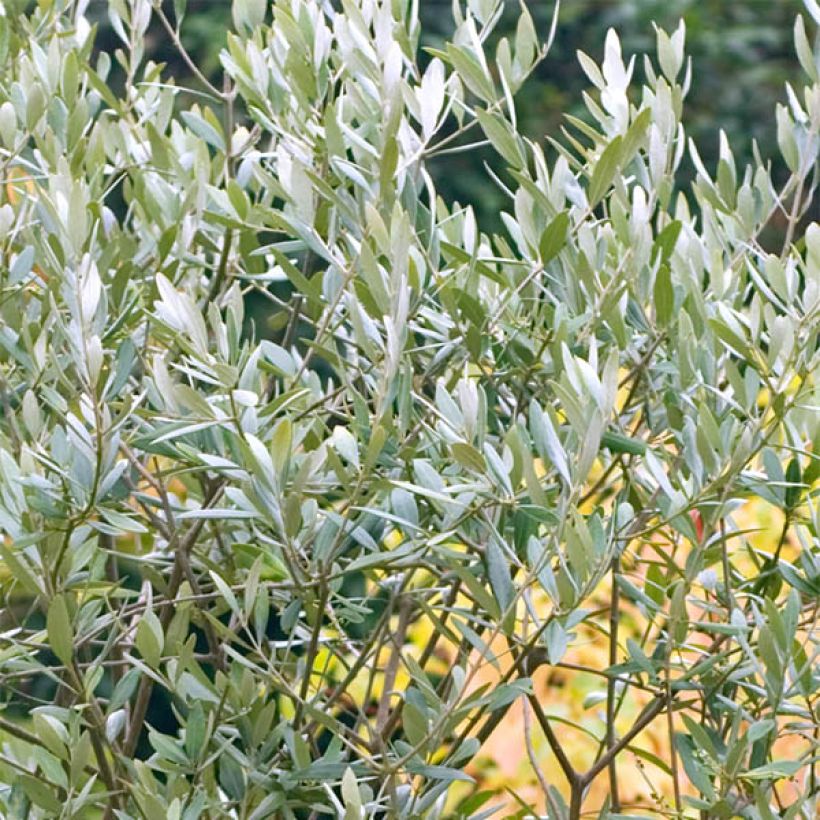

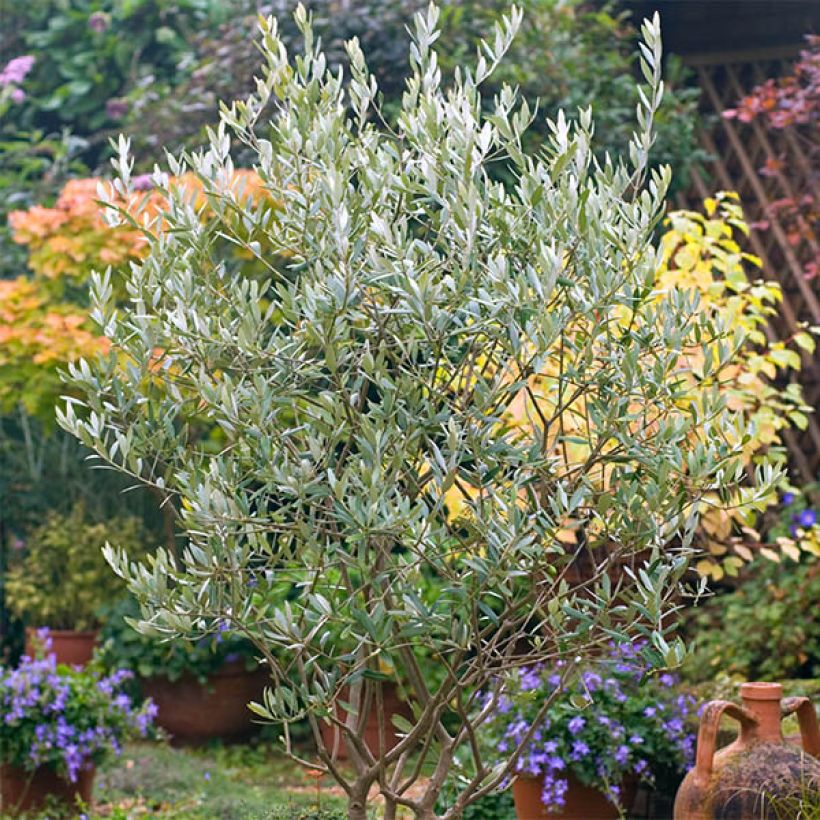

Flowering
Foliage
Plant habit
Safety measures
Botanical data
Olea
europaea
Oleaceae
European olive, Common olive, Olive tree
Mediterranean
atteinterespiratoire
Cette plante peut entraîner des symptômes allergiques.
Evitez de la planter si vous ou vos proches souffrez de rhinite saisonnière ("rhume des foins").
Davantage d'informations sur https://plantes-risque.info
Other Flower seeds A to Z
View all →Planting and care
Sowing:
First of all, it is necessary to scarify the seeds. Indeed, seeds with a particularly hard or thick seed coat need to receive special treatment in order to start their germination:
The seed coat of olive seeds can be so hard that it is impermeable to water. It must be scratched or notched with a knife or sandpaper to germinate. Pierce the surface of the seeds with a sharp knife, make a few notches with a sharp and pointed edge, or use sandpaper to facilitate moisture absorption. Olive seeds can be lightly rubbed between two sheets of sandpaper.
To speed up germination, soak the seeds in a little warm water for 24-48 hours before sowing them at a depth of 1.5 cm (1in) in your soil mixture. Planting is preferable at the end of spring or the beginning of summer, after the last frost. Keep the soil moist but not waterlogged. Keep the sowing in a warm position at 20-25°C (68-77°F). Germination can take several months, sometimes much longer depending on their degree of uninterrupted dormancy, so don't lose faith.
Cultivation:
If you plant the olive tree in the ground, dig a basin around the tree. Do not plant it in the middle of the lawn, as it would suffer from regular watering which would cause root asphyxiation and rot. The common olive tree is content with ordinary soil, even limestone and stony soil, but above all, it needs to be permeable and well-drained. It also requires a sunny location sheltered from cold winds, especially outside the area where it is traditionally cultivated.
For an olive tree grown in a pot, place a draining layer of soil, sand and small stones at the bottom. Repot every 2 or 3 years.
Use a stake about 2.5m (8ft) high to ensure an upright habit for the tree as it grows. Adjust the height of the stake according to the size of your olive tree in the case of pot cultivation.
Sowing period
Intended location
Planting & care advice
-
, onOrder confirmed
Reply from on Promesse de fleurs
Similar products
Haven't found what you were looking for?
Hardiness is the lowest winter temperature a plant can endure without suffering serious damage or even dying. However, hardiness is affected by location (a sheltered area, such as a patio), protection (winter cover) and soil type (hardiness is improved by well-drained soil).

Photo Sharing Terms & Conditions
In order to encourage gardeners to interact and share their experiences, Promesse de fleurs offers various media enabling content to be uploaded onto its Site - in particular via the ‘Photo sharing’ module.
The User agrees to refrain from:
- Posting any content that is illegal, prejudicial, insulting, racist, inciteful to hatred, revisionist, contrary to public decency, that infringes on privacy or on the privacy rights of third parties, in particular the publicity rights of persons and goods, intellectual property rights, or the right to privacy.
- Submitting content on behalf of a third party;
- Impersonate the identity of a third party and/or publish any personal information about a third party;
In general, the User undertakes to refrain from any unethical behaviour.
All Content (in particular text, comments, files, images, photos, videos, creative works, etc.), which may be subject to property or intellectual property rights, image or other private rights, shall remain the property of the User, subject to the limited rights granted by the terms of the licence granted by Promesse de fleurs as stated below. Users are at liberty to publish or not to publish such Content on the Site, notably via the ‘Photo Sharing’ facility, and accept that this Content shall be made public and freely accessible, notably on the Internet.
Users further acknowledge, undertake to have ,and guarantee that they hold all necessary rights and permissions to publish such material on the Site, in particular with regard to the legislation in force pertaining to any privacy, property, intellectual property, image, or contractual rights, or rights of any other nature. By publishing such Content on the Site, Users acknowledge accepting full liability as publishers of the Content within the meaning of the law, and grant Promesse de fleurs, free of charge, an inclusive, worldwide licence for the said Content for the entire duration of its publication, including all reproduction, representation, up/downloading, displaying, performing, transmission, and storage rights.
Users also grant permission for their name to be linked to the Content and accept that this link may not always be made available.
By engaging in posting material, Users consent to their Content becoming automatically accessible on the Internet, in particular on other sites and/or blogs and/or web pages of the Promesse de fleurs site, including in particular social pages and the Promesse de fleurs catalogue.
Users may secure the removal of entrusted content free of charge by issuing a simple request via our contact form.
The flowering period indicated on our website applies to countries and regions located in USDA zone 8 (France, the United Kingdom, Ireland, the Netherlands, etc.)
It will vary according to where you live:
- In zones 9 to 10 (Italy, Spain, Greece, etc.), flowering will occur about 2 to 4 weeks earlier.
- In zones 6 to 7 (Germany, Poland, Slovenia, and lower mountainous regions), flowering will be delayed by 2 to 3 weeks.
- In zone 5 (Central Europe, Scandinavia), blooming will be delayed by 3 to 5 weeks.
In temperate climates, pruning of spring-flowering shrubs (forsythia, spireas, etc.) should be done just after flowering.
Pruning of summer-flowering shrubs (Indian Lilac, Perovskia, etc.) can be done in winter or spring.
In cold regions as well as with frost-sensitive plants, avoid pruning too early when severe frosts may still occur.
The planting period indicated on our website applies to countries and regions located in USDA zone 8 (France, United Kingdom, Ireland, Netherlands).
It will vary according to where you live:
- In Mediterranean zones (Marseille, Madrid, Milan, etc.), autumn and winter are the best planting periods.
- In continental zones (Strasbourg, Munich, Vienna, etc.), delay planting by 2 to 3 weeks in spring and bring it forward by 2 to 4 weeks in autumn.
- In mountainous regions (the Alps, Pyrenees, Carpathians, etc.), it is best to plant in late spring (May-June) or late summer (August-September).
The harvesting period indicated on our website applies to countries and regions in USDA zone 8 (France, England, Ireland, the Netherlands).
In colder areas (Scandinavia, Poland, Austria...) fruit and vegetable harvests are likely to be delayed by 3-4 weeks.
In warmer areas (Italy, Spain, Greece, etc.), harvesting will probably take place earlier, depending on weather conditions.
The sowing periods indicated on our website apply to countries and regions within USDA Zone 8 (France, UK, Ireland, Netherlands).
In colder areas (Scandinavia, Poland, Austria...), delay any outdoor sowing by 3-4 weeks, or sow under glass.
In warmer climes (Italy, Spain, Greece, etc.), bring outdoor sowing forward by a few weeks.






























